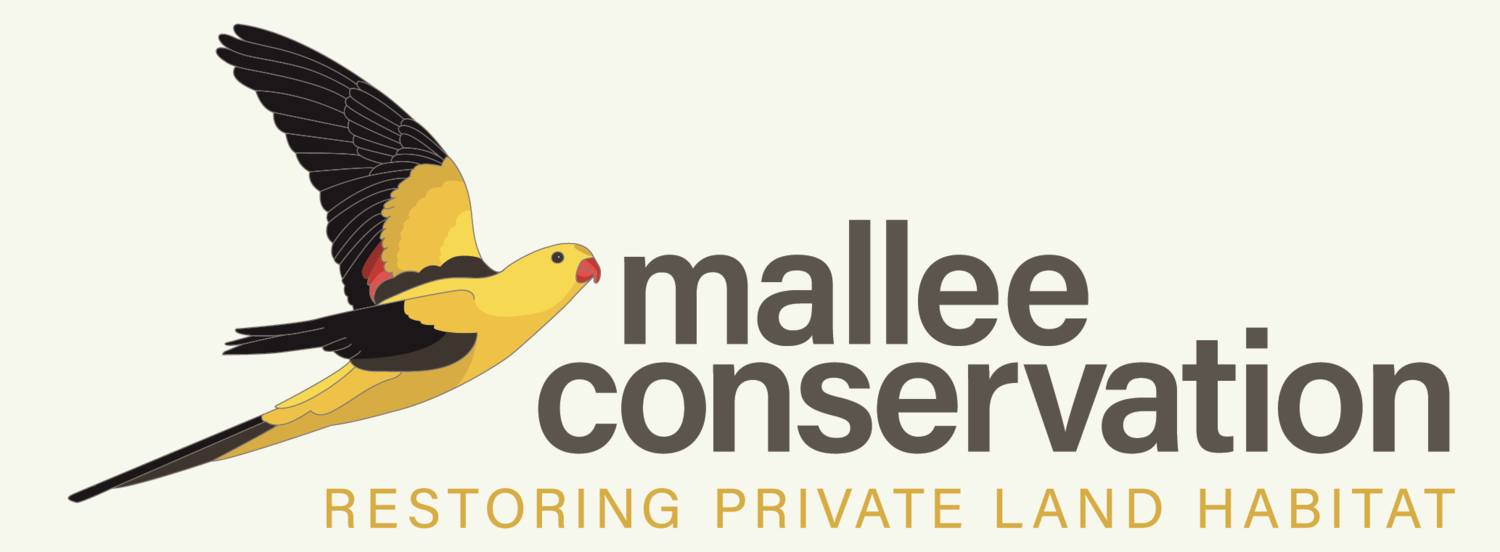Enhancing biological soil health
Firstly, what is biological soil health?
Cool picture by Debbie Wood, from https://ecovineyards.com.au/bpmg-soil-health-in-australian-vineyards-part-b-soil-bioligy/
Which soil organisms are most important?
They all are. They play the roles of decomposers, predators, symbionts and grazers important for breaking down organic matter, cycling nutrients and making them available to plants (bioavailability), and maintaining good soil structure.
Yeah but … do you have a favorite?
Okay, if I had to pick one it’s fungi, specifically mycorrhizal fungi. There’s a mounting body of evidence that overlooking mycorrhizal fungi is a big problem in restoration:
The gap between mycorrhizal science and application: existence, origins, and relevance during the United Nation's Decade on Ecosystem Restoration (Markovchick et al. 2023)
Mycorrhizal fungi is a winner!
Mycorrhizal fungi are super important. About 80% of terrestrial plants form associations with mycorrhizal fungi. The association between plant roots and mycorrhizal fungi helps plants access water and key nutrients in the soil. These fungi also contribute to plant health and the development of soil structure. It’s a partnership between fungi and plant, the fungi receive organic carbon from the plant, while the plant receives nutrients from the fungi.
I want some. Can I buy it off the shelf?
Well yes, and no. There are a growing number of commercially available products that include bacteria like rhizobia (nitrogen fixing for legumes) and cool-sounding EM (Effective Microbiology), BAM (Beneficial Active Microbes), Go-Go juice. You can even brew your own with recipes for LAB and KAB starter cultures available online.
Warning: Commercial innoculum are not made for natural ecosystems
But … they’re all designed for agricultural situations. So, they might make the soil healthy for introduced forage grasses, or horticultural crops but they might not be any good for our natural ecosystems. Some might even be harmful. Most products contain generalist bacteria and mycorrhizal fungi from northern hemisphere cultures, so these products might even favor exotic species.
New Zealand has banned imported commercial mycorrhizal inoculants because it was shown that these supported weedy pines. The science is suggesting we avoid commercial inoculants in natural ecosystems:
These four studies found commercial inoculants often had no live mycorrhizae, and were pretty unreliable. Plant responses were neutral or negative. They contained easily cultured, generalist species that could be harmful or compete with native mycorrhizal fungi.
Limited efficacy of a commercial microbial inoculant for improving growth and physiological performance of native plant species (Wong et al. 2024) - a rare Australian study
Does Commercial Inoculation Promote Arbuscular Mycorrhizal Fungi Invasion? (Basiru and Hijri 2022)
Sources of inocula influence mycorrhizal colonization of plants in restoration projects: a meta-analysis (Maltz and Treseder 2015)
Global evaluation of commercial arbuscular mycorrhizal inoculants under greenhouse and field conditions (Salamon et al. 2022)
So, is there a DIY option?
YES THERE IS. Hooray. We asked the amazing Fungi4Land and MYCOmmunity to run us through the basics in a three part webinar:



